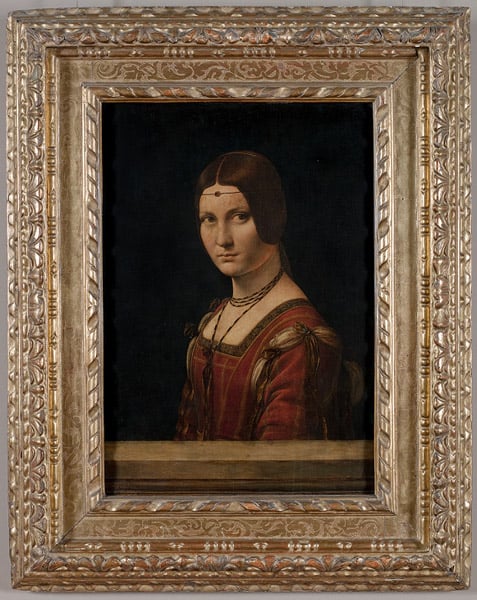Art World
Da Vinci, Monet, and Manet for Louvre Abu Dhabi


Alexander Forbes

The Louvre Abu Dhabi has announced further details about the 300 works of art, which it will receive on loan from 13 French institutions. Headlining the group of masterpieces is Leonardo da Vinci’s Portrait of an Unknown Woman (La Belle Forronnière) (c. 1495). The painting is from the Louvre’s collection. Other highlights include Edouard Manet’s The Fife Player (1866), Claude Monet’s The Saint-Lazare Station (1877), and Henri Matisse’s Still Life with Magnolia (1941). The first two are on loan from the Musée d’Orsay while the Matisse is from the Centre Pompidou.
Other artists headed to the £400 million museum include Titian, Vincent van Gogh, Jacques-Louis David, Auguste Rodin, and Andy Warhol. The group is the first of approximately 300 pieces, which will be placed on loan to the Louvre Abu Dhabi’s during its first decade. The loans will reportedly only stay in Abu Dhabi for a period of around one year at a time, with more works traveling to the UAE earlier in the decade (see “300 French Artworks for Louvre Abu Dhabi“). Antiquities and decorative arts are also included among the loans.
“This will be the first time many of these works will travel to Abu Dhabi or even the Middle East, and are a rare opportunity to see important art from French museums in dialogue with the Louvre Abu Dhabi’s collection,” said Sheikh Sultan bin Tahnoon Al Nahyan, Chairman of Abu Dhabi Tourism & Culture Authority, which is responsible for the Louvre Abu Dhabi.
France’s new culture minister Fleur Pellerin added that the loans “will implement a new dialogue between different world cultures and civilizations, in a spirit of universalism that France is proud to promote throughout the world.”